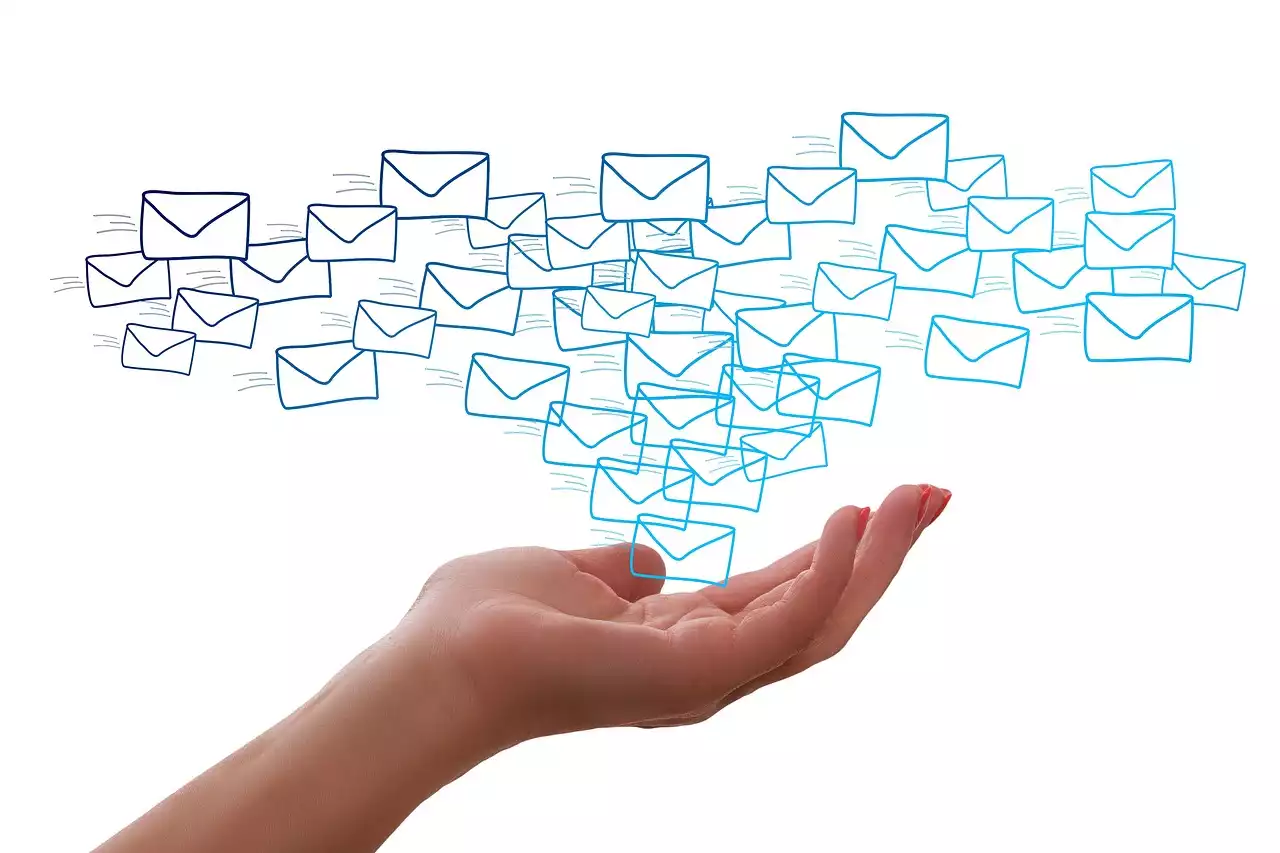Why email open rates matter
The open rate is a critical email marketing metric that measures the percentage of subscribers who open your emails. A high open rate indicates that your subscribers are engaged and interested in your content. On the other hand, a low open rate means that your emails are not resonating with your audience, and it's time to re-evaluate your email marketing strategy.
Improving your email open rates can have a significant impact on your email marketing campaign's success. Higher open rates lead to increased engagement, click-through rates, and ultimately, higher conversions. By optimizing your emails for open rates, you can increase the chances of your subscribers opening your emails and taking action.
Understanding your email audience
To improve your email open rates, you need to understand your audience. Knowing your subscribers' interests, pain points, and behaviors can help you tailor your content to their needs. Segmenting your email list based on subscriber interests, purchase history, and location can also help you deliver relevant content to each subscriber.
Start by analyzing your email list to identify any common characteristics or trends. Use this information to create buyer personas that represent your ideal subscribers. By understanding your audience's needs and interests, you can craft emails that are more likely to get opened and engage your subscribers.
Crafting a compelling subject line
The subject line is the first thing your subscribers will see when they receive your email. It's essential to make it attention-grabbing and enticing enough to encourage them to open your email. A compelling subject line should be concise, clear, and relevant to your content. It should also create a sense of urgency or curiosity to encourage your subscribers to open your email.
To craft a compelling subject line, try using action-oriented language, asking a question, or teasing your content's benefits. Personalizing your subject line with your subscriber's name or location can also increase open rates. Avoid using words that trigger spam filters, such as "free" or "limited time offer."
Personalizing your emails
Personalizing your emails can help you build a stronger connection with your subscribers. It shows that you value them as individuals and not just as a part of your email list. Personalization can include using your subscriber's name in the email, sending them relevant content based on their interests, or tailoring your email content based on their purchase history.
Personalized emails have been shown to have higher open rates and click-through rates than non-personalized emails. It's essential to collect as much information about your subscribers as possible to deliver personalized content. This could include collecting data during the sign-up process, asking for feedback, or conducting surveys.
Segmenting your email list
Segmenting your email list means dividing your subscribers into smaller groups based on specific criteria, such as interests, demographics, or behavior. This allows you to send targeted content to each group, which can increase engagement and open rates.
Segmenting your email list can also help you identify subscribers who are not engaging with your content. You can then send them targeted re-engagement emails to try and win them back. By focusing on engaged subscribers, you can improve your email open rates and get better results from your email marketing campaigns.
Timing your emails for optimal open rates
Timing is essential when it comes to email marketing. Sending your emails at the right time can significantly impact your email open rates. The best time to send your emails will depend on your audience and their behavior.
Consider factors such as time zone, industry, and subscriber behavior when deciding when to send your emails. You can also use email marketing software to analyze your email open rates and determine the best time to send your emails.
Optimize your emails for mobile devices
With more people accessing their emails on mobile devices, it's essential to optimize your emails for mobile devices. This means using a mobile-responsive design, using a clear and concise layout, and using a font size that is easy to read on a small screen.
Optimizing your emails for mobile devices can significantly increase your email open rates. If your emails are not optimized for mobile devices, your subscribers may delete or ignore them, leading to lower engagement and open rates.
A/B testing your emails
A/B testing is the process of sending two versions of an email to a small portion of your email list to see which version performs better. This can help you determine the best subject line, email content, and call-to-action to improve your email open rates.
To conduct an A/B test, create two versions of your email with different subject lines, email content, or call-to-actions. Send each version to a small portion of your email list, and use email marketing software to track open rates, click-through rates, and conversions. Use the data to determine which version performed better and use that version for the rest of your email list.
How to A/B Test Emails | Ecommerce Examples | Best Practices
Cleaning your email list
Cleaning your email list means removing inactive or invalid email addresses from your list. This can improve your email open rates by ensuring that you're only sending emails to engaged subscribers.
Cleaning your email list can be a manual or automated process. You can use email marketing software to identify inactive or invalid email addresses and remove them from your list. It's essential to clean your email list regularly to maintain high email deliverability rates and improve your email open rates.
Continuously improving your email strategy
Improving your email open rates is an ongoing process. It's essential to continually analyze your email marketing metrics, test new strategies, and adapt to your audience's changing needs.
By continuously improving your email strategy, you can stay ahead of the competition and deliver engaging content to your subscribers. Use email marketing software to track your email marketing metrics, analyze your results, and make data-driven decisions to improve your email open rates.










